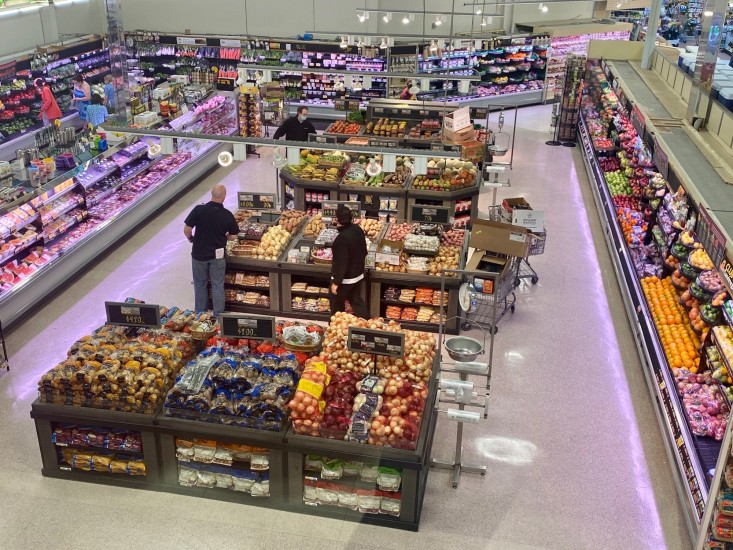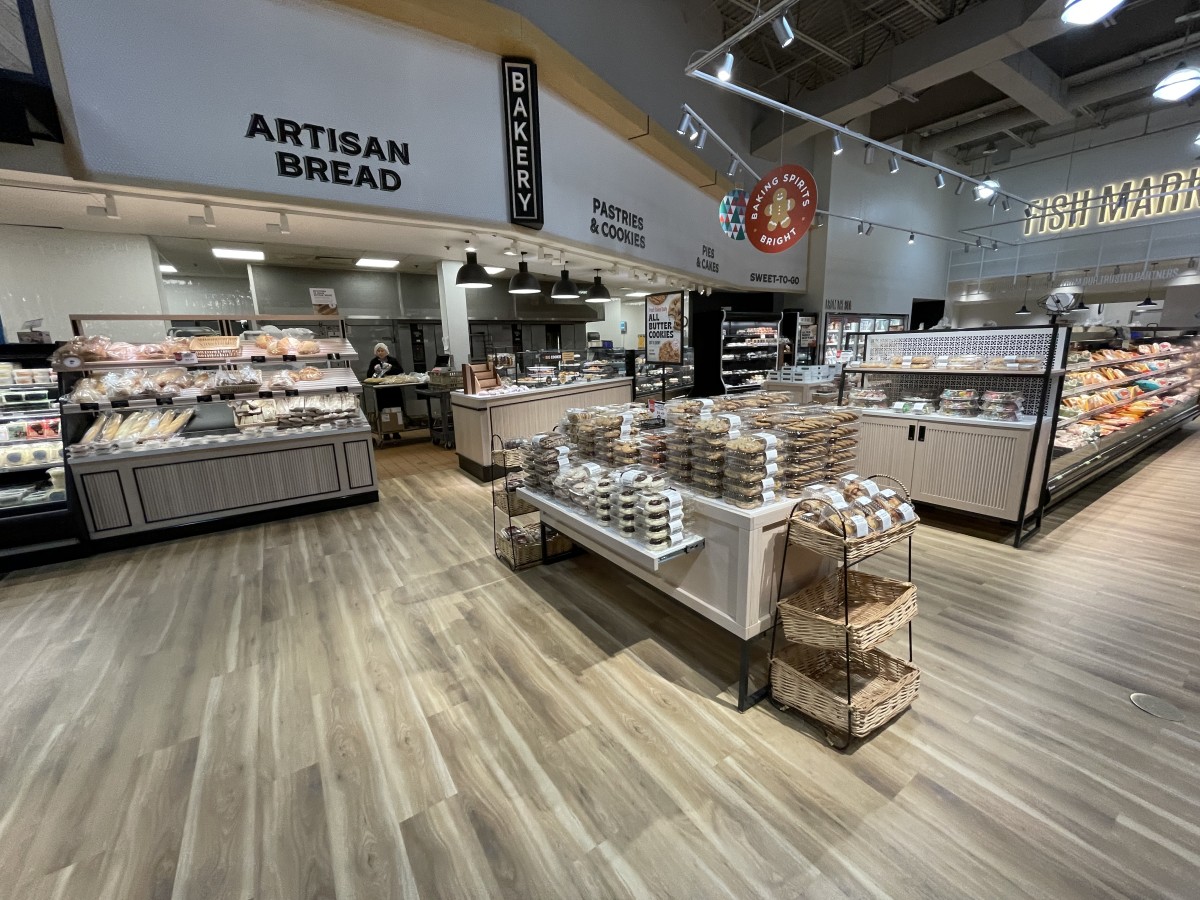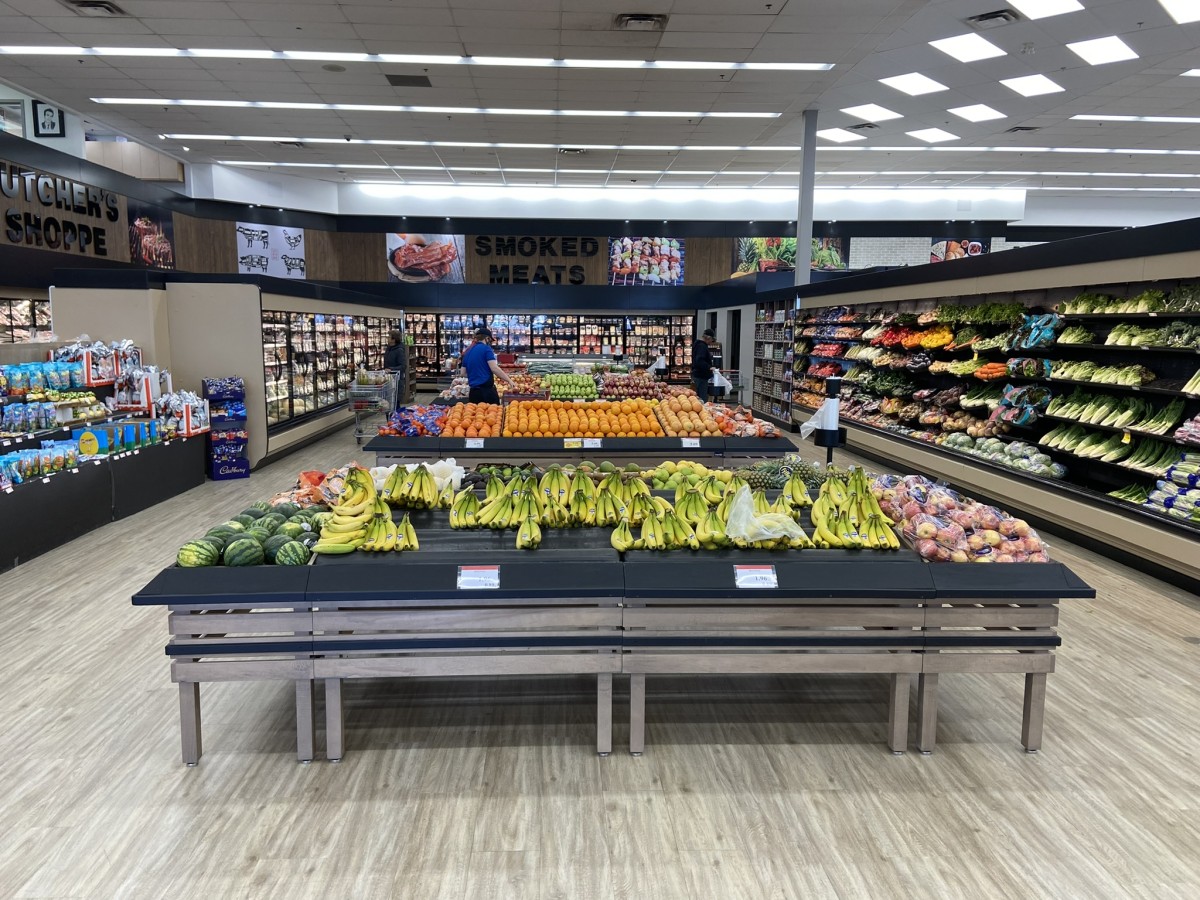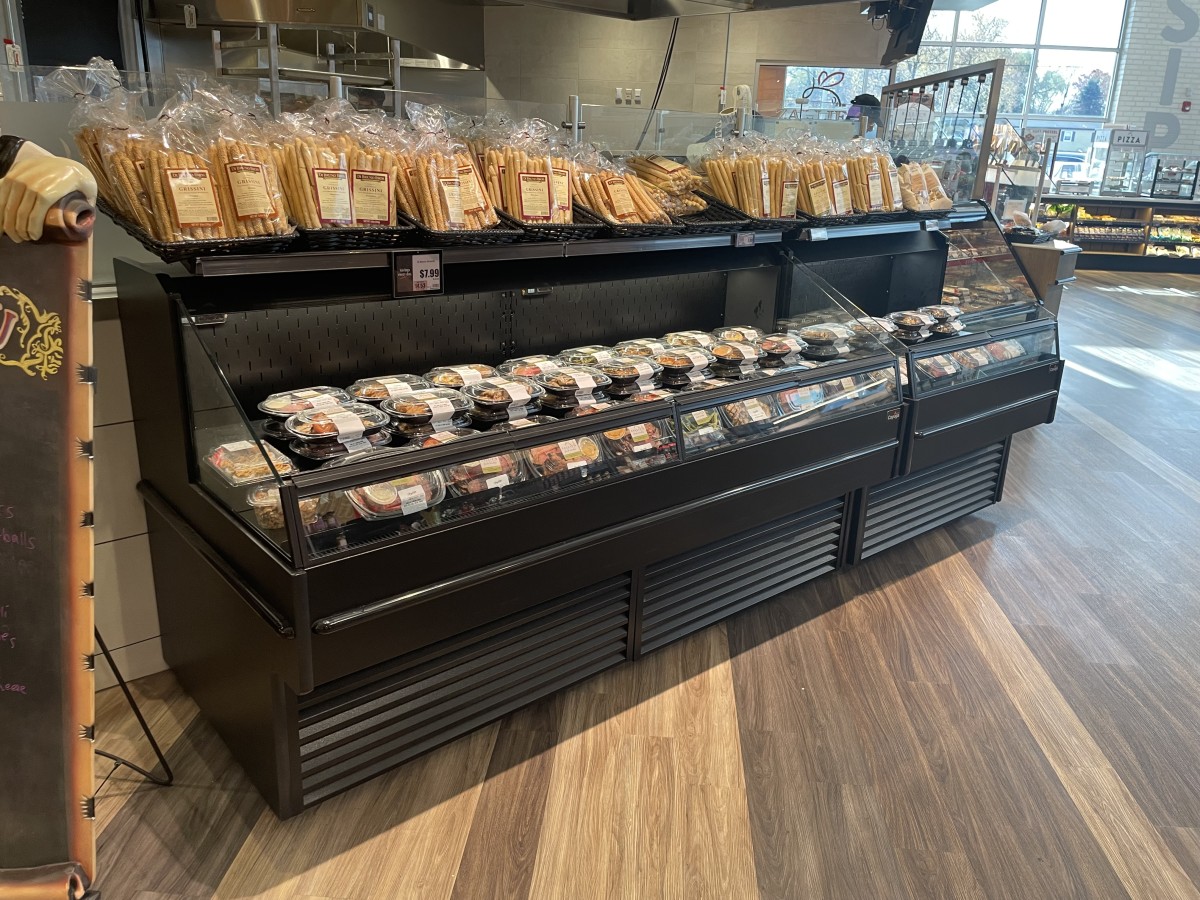In the world of grocery retail, where profit margins sit between one to three percent, every dollar counts. That means leveraging the science and psychology behind impulse buying and being mindful of where and how your products are displayed.
Impulse sales are driven by stoking desires and tapping into emotional triggers. That’s why candy and gum are located right at the register… I’m sure I’m not the only one who’s thrown a chocolate bar onto the belt despite “chocolate” not being on the grocery list!
According to an article published in Elsevier.), “Impulsive purchasing is quite common when shopping in supermarkets and grocery stores. In fact, it accounts for up to 62% of supermarket sales and can drive up to 80% of sales in specific product categories''. So if you go to the store for “one thing” and leave with a full basket, you’re not alone.
But what is it that drives impulse buying? In this blog post, we'll explore some of the science and psychology behind impulse buying, emphasizing how grocers can optimize endcaps and other strategically placed displays to boost sales.
Factors that affect impulse purchases
Certain psychological factors determine how susceptible shoppers are to impulse buying, such as:
- Life satisfaction
- Self-esteem
- Present emotional state
- How hungry they are when they shop
- Who they shop with, particularly if it’s their spouse or significant other
- Advertising messages, whether they are conscious of them or not
- Social pressures
- Need for instant gratification
- Product placement
Although you can’t control them, knowing these psychological factors makes it possible for you to manage your store’s environment to influence impulse decisions.
Stimulate the senses
We’ve all made unplanned purchases that are triggered in the moment, leading to an urge to buy. In a previous post, I wrote about how to influence shoppers with lighting and displays. But to really tap into impulse buying behaviors it makes sense to appeal to all five senses.
- Sight — Bright, eye-catching displays, attractive packaging and visually appealing product arrangements can entice customers to explore and consider products they may not have initially planned to purchase. Well-designed signage can also draw attention to special offers or promotions, triggering impulse purchases.
- Sound — Use background music to create a pleasant shopping environment and influence the pace of shopping. Additionally, in-store announcements or demonstrations can attract attention and encourage impulse purchases.
- Taste — We all know how tempting free samples are. By allowing customers to experience the flavors and quality of a product firsthand, retailers can increase the likelihood of an impulse purchase. The psychology of reciprocity also factors in here, as most people feel the urge to purchase the product they sampled.
- Smell — Grocery stores often use enticing aromas to stimulate impulse spending for years. Few people can resist the smell of freshly baked bread!
- Touch — Providing an opportunity for customers to physically interact with products can increase the likelihood of impulse buying, which is one of the reasons many people are reluctant to order produce online. You have to thump your own melon to make sure you get a good one!
Create scarcity and urgency
The fear of missing out is a powerful motivator for impulse buying. By highlighting limited-time promotions, exclusive deals or low-stock alerts, grocers can create a sense of urgency that can encourage customers to make a purchase on the spot.
A perfect example of this is the work we did for Festival Foods. To introduce various items throughout the store and influence impulse buys, they were launching a variety of “10 for $10” promotions — and we provided them with a cost effective and attractive “dump” bin that was mobile and flexible enough to be used in a variety of departments.
An on-floor bin, in place of traditional shelving, creates more impact because the product is more visible and “interrupts” the customer as they shop. And because the items in the bins were constantly changing, people scrambled to stock up so they could take advantage of the implied savings before they disappeared.
Product placement and shelving
The physical placement of products on shelves can impact purchase decisions. Eye-level placements often receive the most attention, so premium products or those with higher profit margins are typically positioned at this level.
Use endcaps, walkaround displays — such as our tiered tables — nesting/flat tables and point-of-sale displays to attract attention to sales and seasonal promotions. This significantly increases the likelihood that customers will add these items to their carts.
The real estate in front of the registers can be used for more than candy and gum. Incorporate some grab and go refrigerated displays to mix it up and highlight profitable items that might have gone unnoticed in a large display case.
Here are a few ways you can optimize endcaps and strategically use displays to maximize their impact:
- Product Selection — Choose products that are visually appealing, have broad appeal, are seasonal or tie into current trends. Market research can be used to identify items that resonate with your target audience and align with their needs, wants and desires.
- Less is more — People get overwhelmed if they have too many options. Offering a limited choice reduces your customer’s decision fatigue, resulting in higher sales — which is why Walmart typically has one item/one price end caps.
- Visual Merchandising — Invest in attention-grabbing signage, compelling graphics and attractive packaging. Use color psychology to create an aesthetically pleasing display that draws customers in.
- Seasonal/themed displays — Use your endcaps and displays to create flexible and exciting seasonal or themed displays. By aligning with holidays, cultural and other events, grocers can lure shoppers into their stores by having seasonal items on sale (think “Super Bowl Sunday”) and entice them to buy with mouth-watering and eye-catching displays.
- Promotions — Offer exclusive discounts, limited-time offers, or bundle deals to create a sense of urgency and value. Clearly communicate the savings or benefits customers will receive by making an impulse purchase, further motivating them to take action.
We helped one of our clients, Market 32, elevate their product displays — incorporating a variety of flexible, modular displays including endcaps, market tables and kiosks offering how-to videos.
Convenience
Convenience is a significant factor in the grocery shopping experience. It's important to place essential or frequently purchased items in prominent locations to make them easily accessible.
Products that offer convenience, such as pre-cut fruits or ready-to-cook meals, can also attract busy shoppers looking for time-saving options — so make sure to include plenty of self-service cases to entice customers and make it easy for them to shop.
Impulse sales are a powerful tool for grocers
By having flexible display options that stimulate the senses, imply scarcity and provide convenience, grocers can influence shoppers to make specific impulse purchases.
If you’re looking for new ways to create engaging displays for your store, browse the website for some inspiration or book a consultation with us. We’re always coming up with new merchandising ideas and are happy to help.




